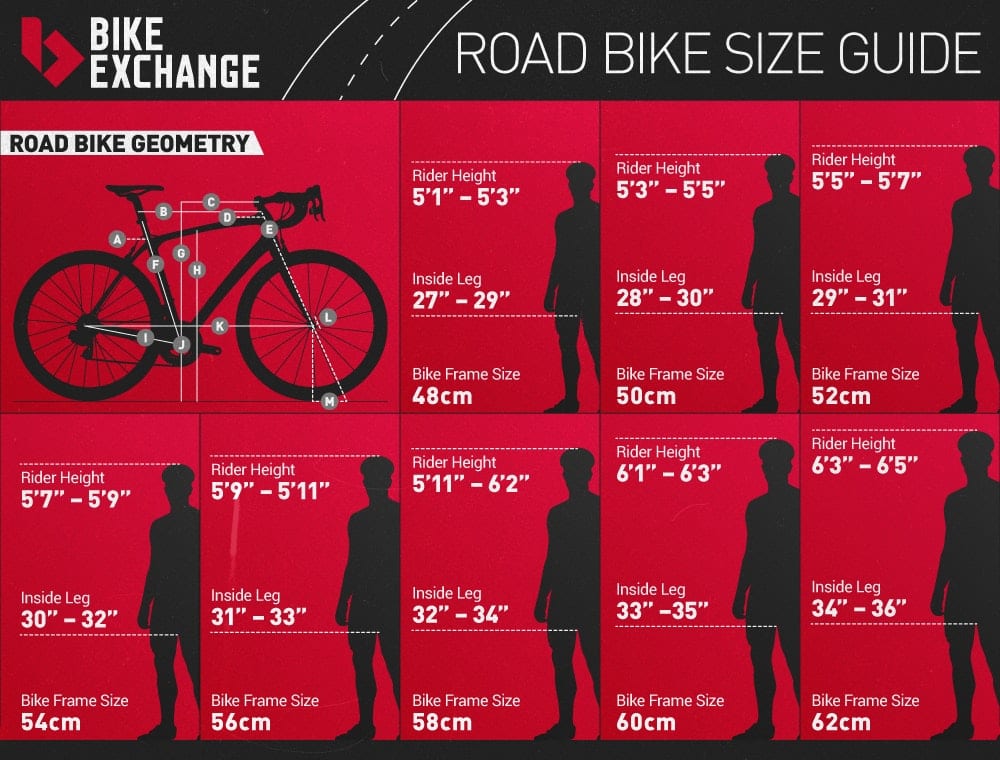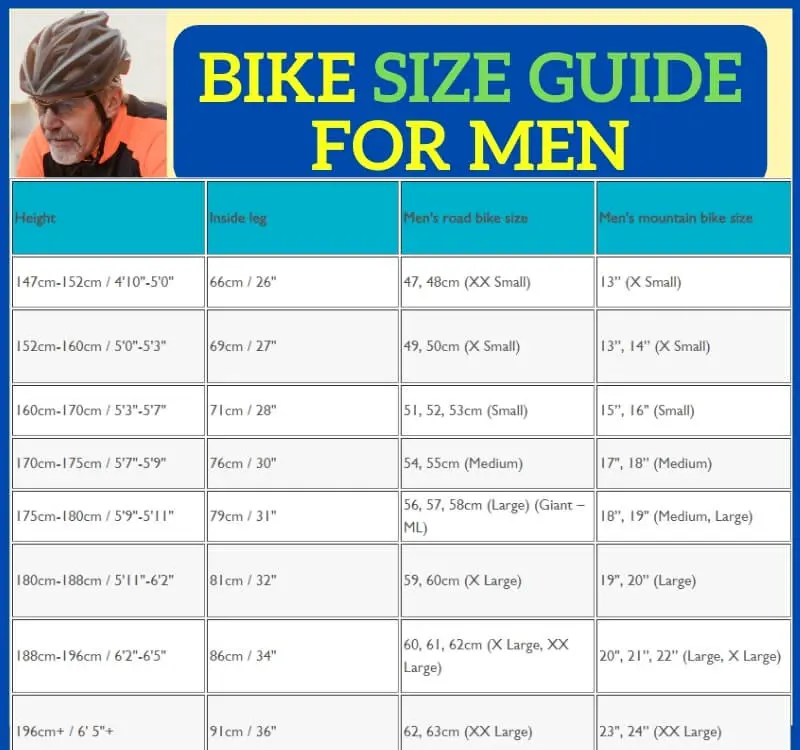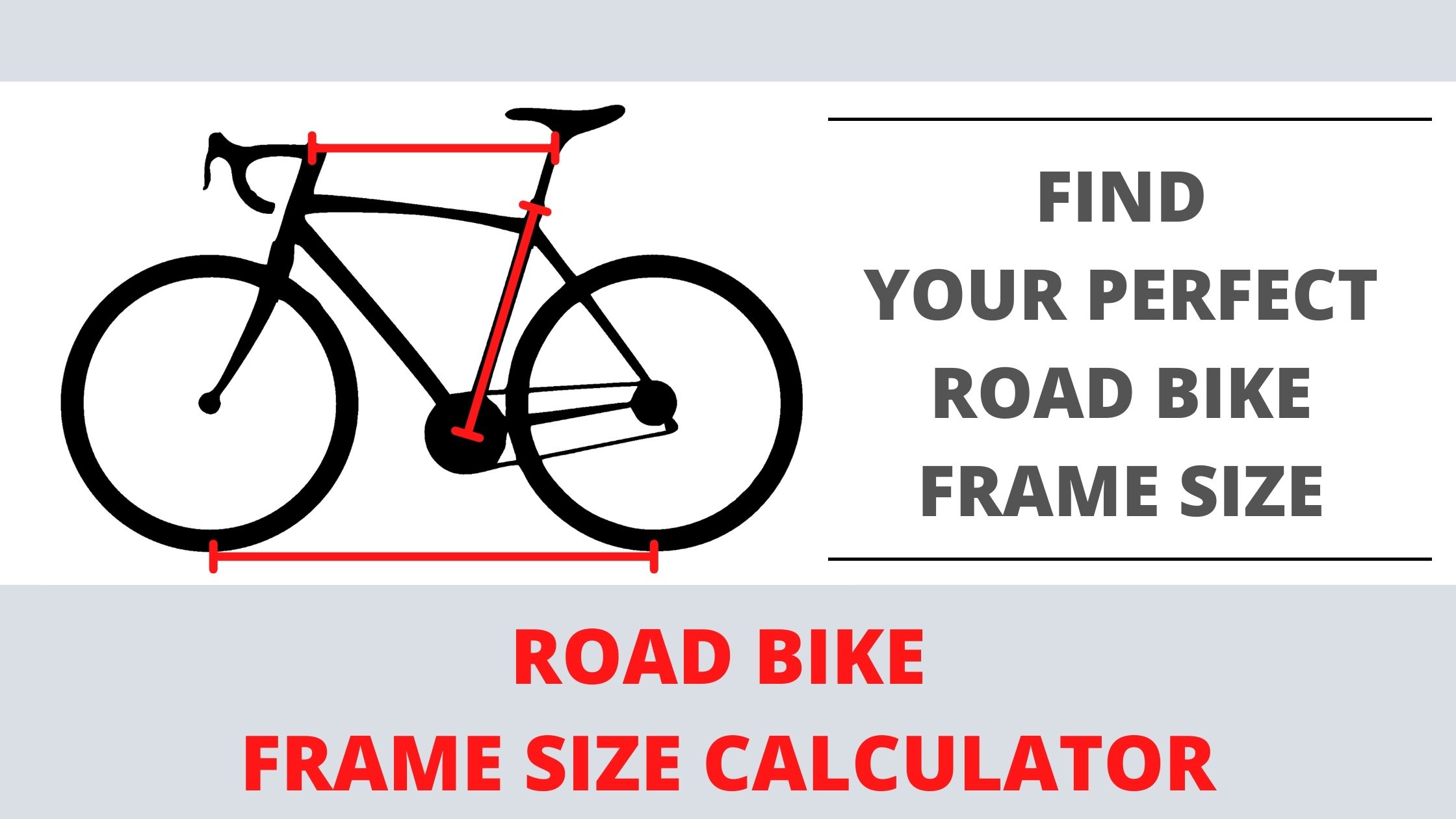Why Proper Bike Fit Matters
Finding the right road bike size is crucial for a comfortable, efficient, and safe ride. When a bike fits well, riders can enjoy improved comfort, increased efficiency, and reduced risk of injury. On the other hand, a bike that’s too small or too large can lead to discomfort, fatigue, and even injury.
Proper bike fit is essential for riders of all levels, from casual commuters to professional racers. By understanding how to determine road bike size, riders can ensure a comfortable riding position, improve their performance, and reduce the risk of injury. In this article, we’ll explore the importance of proper bike fit and provide a step-by-step guide on how to determine road bike size.
A properly fitting bike can make all the difference in a rider’s performance and overall experience. It allows riders to maintain a comfortable riding position, generate more power with each pedal stroke, and reduce the risk of discomfort, pain, and fatigue. By learning how to determine road bike size, riders can take their performance to the next level and enjoy a more comfortable, efficient, and safe ride.
Measuring Up: Understanding Your Body Dimensions
To determine the ideal road bike size, it’s essential to take accurate body measurements. This includes inseam, arm length, and torso length. By understanding these key measurements, riders can ensure a comfortable and efficient ride.
Inseam is the distance from the floor to the top of the inner thigh. To measure inseam, stand against a wall with your feet shoulder-width apart and a book or ruler between your legs. The distance from the floor to the top of the book or ruler is your inseam. Arm length is the distance from the shoulder to the wrist. To measure arm length, stand against a wall with your arms at your sides and measure the distance from the shoulder to the wrist. Torso length is the distance from the base of the neck to the hip. To measure torso length, stand against a wall and measure the distance from the base of the neck to the hip.
When taking these measurements, it’s essential to ensure accuracy. Use a flexible tape measure or a ruler to take the measurements, and consider enlisting the help of a friend or family member to ensure the measurements are accurate. By understanding these key body measurements, riders can determine their ideal road bike size and enjoy a comfortable, efficient, and safe ride.
Once you have these measurements, you can use them to determine your ideal road bike size. This involves using a bike size chart and considering factors like riding style and terrain. By understanding how to determine road bike size, riders can take their performance to the next level and enjoy a more comfortable, efficient, and safe ride.
How to Choose the Right Road Bike Size: A Step-by-Step Guide
Determining the ideal road bike size involves a combination of measurements, calculations, and considerations. By following a step-by-step process, riders can ensure a comfortable, efficient, and safe ride. Here’s a comprehensive guide on how to determine road bike size:
Step 1: Take Body Measurements – Take accurate measurements of inseam, arm length, and torso length. These measurements will serve as the foundation for determining road bike size.
Step 2: Use a Bike Size Chart – Consult a bike size chart to determine the ideal road bike size based on body measurements. Bike size charts can be found online or through local bike shops.
Step 3: Consider Riding Style and Terrain – Consider the type of riding you’ll be doing most often. Will you be riding on flat roads, hills, or mountains? Will you be racing or commuting? Different riding styles and terrains require different bike sizes and geometries.
Step 4: Calculate Standover Height and Reach – Calculate standover height and reach to ensure a comfortable riding position. Standover height is the distance between the ground and the top tube, while reach is the distance between the saddle and handlebars.
Step 5: Consider Top Tube Length and Seat Tube Angle – Consider top tube length and seat tube angle to ensure a comfortable riding position. Top tube length affects the distance between the saddle and handlebars, while seat tube angle affects the angle of the saddle.
By following these steps, riders can determine their ideal road bike size and enjoy a comfortable, efficient, and safe ride. Remember, how to determine road bike size is a personal process that requires careful consideration of individual factors. By taking the time to get it right, riders can take their performance to the next level.
The Role of Standover Height and Reach in Road Bike Sizing
When it comes to determining road bike size, two crucial factors to consider are standover height and reach. These measurements play a significant role in ensuring a comfortable and efficient riding position. Here’s how to measure and calculate standover height and reach to determine the ideal road bike size:
Standover Height: Standover height is the distance between the ground and the top tube of the bike. To measure standover height, place the bike on a level surface and measure the distance from the ground to the top tube. A general rule of thumb is to have at least 1-2 inches of clearance between the top tube and the rider’s inseam. This ensures a comfortable riding position and allows for easy mounting and dismounting.
Reach: Reach is the distance between the saddle and handlebars. To calculate reach, measure the distance from the saddle to the handlebars. A general rule of thumb is to have a reach that allows the rider to comfortably stretch out their arms and maintain a slight bend in the elbows. This ensures a comfortable riding position and optimal control over the bike.
How to Calculate Standover Height and Reach: To calculate standover height and reach, riders can use a bike size chart or consult with a professional fitter. By considering these factors, riders can determine their ideal road bike size and enjoy a comfortable, efficient, and safe ride. Remember, how to determine road bike size is a personal process that requires careful consideration of individual factors, including standover height and reach.
By incorporating standover height and reach into the bike sizing process, riders can ensure a comfortable and efficient riding position. This, in turn, can improve performance, reduce the risk of injury, and enhance overall riding experience. Whether you’re a seasoned pro or a beginner, understanding the role of standover height and reach in road bike sizing is crucial for finding the perfect fit.
Top Tube Length and Seat Tube Angle: What You Need to Know
When it comes to determining road bike size, two often-overlooked factors are top tube length and seat tube angle. These measurements play a crucial role in ensuring a comfortable and efficient riding position. Here’s what riders need to know about top tube length and seat tube angle:
Top Tube Length: Top tube length refers to the distance between the seatpost and the handlebars. A longer top tube length can provide a more aggressive riding position, while a shorter top tube length can provide a more upright riding position. When determining road bike size, riders should consider their riding style and preferences. For example, riders who prefer a more aggressive riding position may benefit from a longer top tube length, while riders who prefer a more upright riding position may benefit from a shorter top tube length.
Seat Tube Angle: Seat tube angle refers to the angle at which the seatpost meets the top tube. A steeper seat tube angle can provide a more aggressive riding position, while a shallower seat tube angle can provide a more upright riding position. When determining road bike size, riders should consider their riding style and preferences. For example, riders who prefer a more aggressive riding position may benefit from a steeper seat tube angle, while riders who prefer a more upright riding position may benefit from a shallower seat tube angle.
How Top Tube Length and Seat Tube Angle Affect Comfort and Performance: Top tube length and seat tube angle can significantly affect comfort and performance. A well-fitting bike with the correct top tube length and seat tube angle can provide a comfortable riding position, reduce fatigue, and improve performance. On the other hand, a poorly fitting bike with the incorrect top tube length and seat tube angle can lead to discomfort, fatigue, and decreased performance.
By considering top tube length and seat tube angle when determining road bike size, riders can ensure a comfortable and efficient riding position. This, in turn, can improve performance, reduce the risk of injury, and enhance overall riding experience. Whether you’re a seasoned pro or a beginner, understanding the significance of top tube length and seat tube angle is crucial for finding the perfect fit and how to determine road bike size.
Real-World Examples: How to Apply Road Bike Sizing Principles
Understanding the principles of road bike sizing is one thing, but applying them in real-world scenarios is another. Here are some examples of how to apply road bike sizing principles to different types of riders and riding styles:
Scenario 1: The Beginner Rider
A beginner rider, Jane, is looking to purchase her first road bike. She’s 5’8″ with an inseam of 30 inches and a riding style that’s more upright and comfortable. To determine her ideal road bike size, Jane would measure her inseam and arm length, and consider her riding style and preferences. Based on these factors, Jane would likely require a road bike with a smaller frame size and a more upright riding position.
Scenario 2: The Aggressive Rider
An experienced rider, Mike, is looking to upgrade to a new road bike. He’s 6’2″ with an inseam of 34 inches and a riding style that’s more aggressive and aerodynamic. To determine his ideal road bike size, Mike would measure his inseam and arm length, and consider his riding style and preferences. Based on these factors, Mike would likely require a road bike with a larger frame size and a more aggressive riding position.
Scenario 3: The Commuter Rider
A commuter rider, Sarah, is looking for a road bike that’s comfortable and efficient for her daily commute. She’s 5’5″ with an inseam of 28 inches and a riding style that’s more upright and comfortable. To determine her ideal road bike size, Sarah would measure her inseam and arm length, and consider her riding style and preferences. Based on these factors, Sarah would likely require a road bike with a smaller frame size and a more upright riding position.
By applying road bike sizing principles to these real-world scenarios, riders can ensure a comfortable and efficient riding position. This, in turn, can improve performance, reduce the risk of injury, and enhance overall riding experience. Whether you’re a beginner, experienced, or commuter rider, understanding how to determine road bike size is crucial for finding the perfect fit.
Common Mistakes to Avoid When Determining Road Bike Size
When it comes to determining road bike size, there are several common mistakes that riders make. These mistakes can lead to a poor fit, discomfort, and even injury. Here are some common mistakes to avoid when determining road bike size:
Relying Solely on Manufacturer’s Charts
One of the most common mistakes riders make is relying solely on manufacturer’s charts to determine road bike size. While these charts can provide a general guideline, they do not take into account individual factors such as riding style, terrain, and body dimensions. To get an accurate fit, riders should consider these factors in addition to the manufacturer’s chart.
Neglecting to Consider Individual Factors
Another mistake riders make is neglecting to consider individual factors such as riding style, terrain, and body dimensions. For example, a rider who prefers a more upright riding position may require a different road bike size than a rider who prefers a more aggressive riding position. By considering these individual factors, riders can ensure a comfortable and efficient riding position.
Not Measuring Body Dimensions Accurately
Accurate body measurements are crucial when determining road bike size. Riders should take the time to measure their inseam, arm length, and torso length accurately to ensure a proper fit. A mistake in measurement can lead to a poor fit and discomfort.
Not Considering the Type of Riding
The type of riding also plays a significant role in determining road bike size. For example, a road bike designed for racing may require a different size than a road bike designed for commuting. Riders should consider the type of riding they will be doing most often when determining road bike size.
By avoiding these common mistakes, riders can ensure a comfortable and efficient riding position. Remember, how to determine road bike size is a process that requires careful consideration of individual factors and accurate measurements. By taking the time to get it right, riders can improve their performance, reduce the risk of injury, and enhance their overall riding experience.
Getting a Professional Fit: When to Seek Expert Advice
While understanding how to determine road bike size is crucial, there are situations where seeking professional advice is necessary. A professional bike fitter can provide a custom fit that takes into account individual factors such as riding style, terrain, and body dimensions. Here are some scenarios where seeking expert advice is recommended:
New Riders
New riders may not have the experience or knowledge to determine their ideal road bike size. A professional bike fitter can provide guidance and ensure a comfortable and efficient riding position.
Custom or High-End Bikes
Custom or high-end bikes often require a more precise fit to optimize performance. A professional bike fitter can work with the rider to create a custom fit that meets their specific needs.
Injury or Discomfort
Riders who experience discomfort or injury while riding may benefit from a professional bike fit. A bike fitter can identify the source of the discomfort or injury and make adjustments to the bike to alleviate the issue.
Unique Body Types
Riders with unique body types, such as those with scoliosis or other physical limitations, may require a custom fit to accommodate their needs. A professional bike fitter can work with the rider to create a fit that is tailored to their specific needs.
By seeking professional advice, riders can ensure a comfortable and efficient riding position. Remember, how to determine road bike size is a process that requires careful consideration of individual factors. By taking the time to get it right, riders can improve their performance, reduce the risk of injury, and enhance their overall riding experience.





.jpg)


